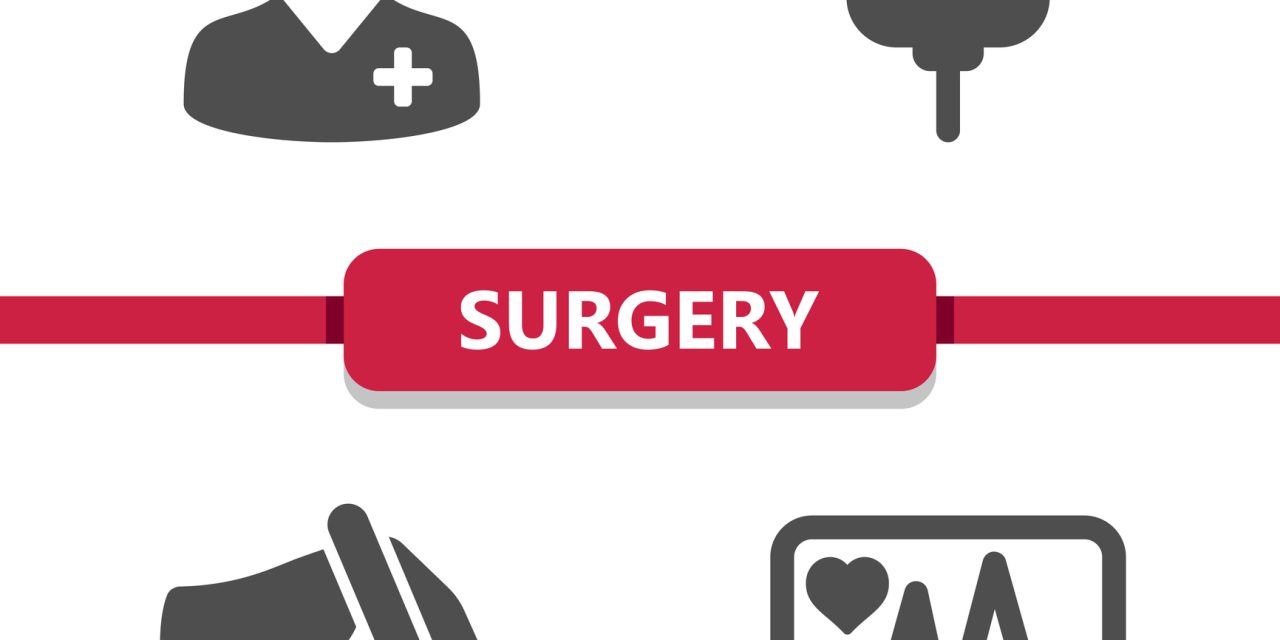We aimed to investigate whether cone-beam computed tomography (CBCT) alters the treatment decision for impacted mandibular third molar (M3M) surgery when the third molars show proximity to the inferior alveolar canal (IAC) on panoramic radiography (OPG) and to examine surgeons’ confidence in the various treatment options.
We performed a retrospective study evaluating a series of randomized OPG and CBCT images and answering a set of questions regarding impacted M3Ms. The anatomic risk factors studied included the proximity of M3M roots to the IAC, vertical relationship between the M3M and the IAC, and interruption of the IAC cortex by M3M roots. The primary outcome variable was the treatment decision of whether to observe, extract under local anesthesia, extract under general anesthesia, or perform coronectomy. The secondary outcome variable was confidence in the proposed treatment plan. The χ test was used to compare proportions and to test the differences in the treatment plan according to the studied independent variables. Binary logistic regression was used to determine the effect of anatomic factors. P < .05 was considered statistically significant.
The study sample consisted of 132 impacted M3Ms in 71 patients. No significant differences in the proposed treatment plan were found when the imaging modalities (OPG and CBCT) were compared (P > .05). Examination of CBCT enabled detection of anatomic risk factors (P < .001). Binary logistic regression showed the absence of IAC cortex interruption to be the most significant determinant toward planning for extraction on OPG (odds ratio, 3.1; P < .05) and on CBCT (odds ratio, 5.0; P < .005). Surgeons were more confident when planning for extraction (P < .001).
The use of CBCT provides a better understanding of the anatomic relationship between M3M roots and the IAC. However, experienced surgeons dealing with impacted M3Ms with evidence of proximity to the IAC on OPG can decide on the treatment modality without CBCT.
Copyright © 2020. Published by Elsevier Inc.
Does the Use of Cone-Beam Computed Tomography Before Mandibular Third Molar Surgery Impact Treatment Planning?


